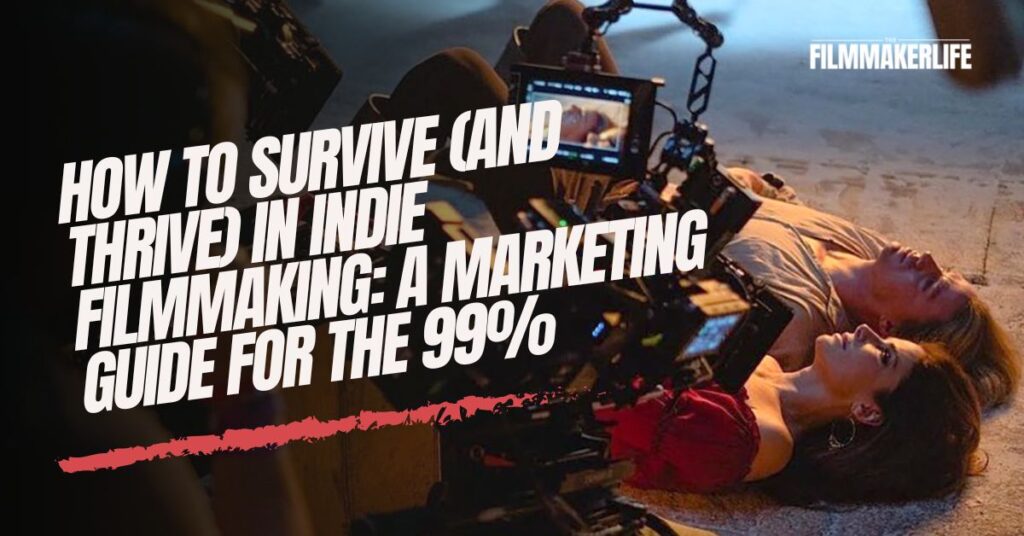Making an independent film is challenging, but the harsh reality is only 1% of indie films recoup their investment. With approximately 10,000 features produced annually in America, competition is fierce. Half of these projects struggle with quality issues, while 80% of the remaining worthy films never secure proper distribution. Even more troubling: half of distributed films fail due to non-existent marketing.

The Distribution Dilemma: Today’s Biggest Challenge
While filmmaking itself is demanding, distributing and monetizing your film presents an even greater obstacle. The streaming revolution has transformed the landscape – offering unprecedented access but severely impacting revenue potential. Major platforms like Netflix predominantly showcase their original content, while smaller streaming services might pay only $50-$100 monthly for your film – profitable for aggregators handling hundreds of titles but devastating for individual filmmakers.
Essential Marketing Strategies for Indie Filmmakers
1. Budget for Marketing From Day One
This is a crucial component that indie filmmakers often neglect or can’t afford. Hollywood studios spend as much on marketing as production, highlighting its importance. Creating audience awareness is essential because even on platforms with thousands of films, yours will likely be unseen without promotion.

2. Know Your Distribution Contract
Before signing, understand these critical elements:
- Rights granted: Digital-only or all media?
- Term length: Aim for 3-5 years maximum (avoid 10+ year commitments)
- Commission structure: 15-25% is standard, 50% is predatory
- Recoupable expenses: Cap these and require itemized reporting
- Performance thresholds: Include clauses allowing termination if revenue targets aren’t met after 18-24 months
3. Develop Investor-Focused Pitches
When seeking funding, create presentations that address ROI directly. Example: Instead of comparing your film to “Paranormal Activity,” demonstrate how your horror film targeting college students can recoup investment through campus screenings, genre-specific streaming platforms, and merchandise.
4. Target Niche Audiences
Films with dedicated niche appeal often outperform broader projects. Example: A documentary about competitive chess might attract sponsorship from chess organizations and guaranteed screenings at tournaments – creating reliable revenue streams before wider release.
Explore Alternatives: Beyond Traditional Distribution
Traditional distribution channels remain challenging, but innovative alternatives have emerged:
- Direct-to-audience distribution: Platforms like Vimeo On Demand and Pivotshare allow 90% revenue retention versus the 20-30% from traditional distributors. Filmmaker Joe Swanberg generated $500,000+ using this approach for “Hannah Takes the Stairs.”
- Community screenings: Host theatrical events in non-traditional venues where audiences already gather. Documentary “The Biggest Little Farm” earned over $4 million through targeted community screenings before wider release.
- Crowdfunding-to-distribution pipeline: Use platforms like Seed&Spark that connect campaign backers directly to your distribution strategy, creating built-in audiences before completion.
- Educational licensing: Films with informational value can generate $300-$500 per license from universities and libraries – often exceeding streaming revenue.

Building Your Support Network
Indie filmmaking demands collaboration. Partner with marketing-savvy team members early in production. Join filmmaker communities where distribution knowledge is shared. Remember: every successful independent filmmaker has faced rejection – persistence and adaptation are your greatest assets.
By understanding the business realities, focusing on targeted marketing, securing favorable distribution terms, and exploring alternative revenue channels, you significantly improve your chances of becoming part of the successful minority in independent film.


